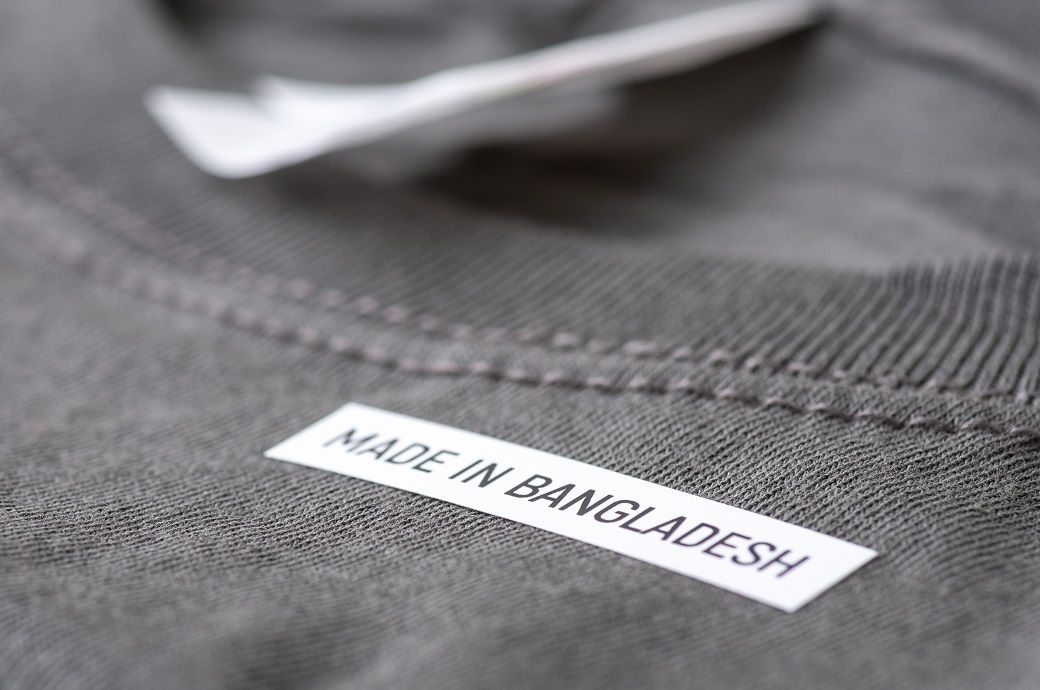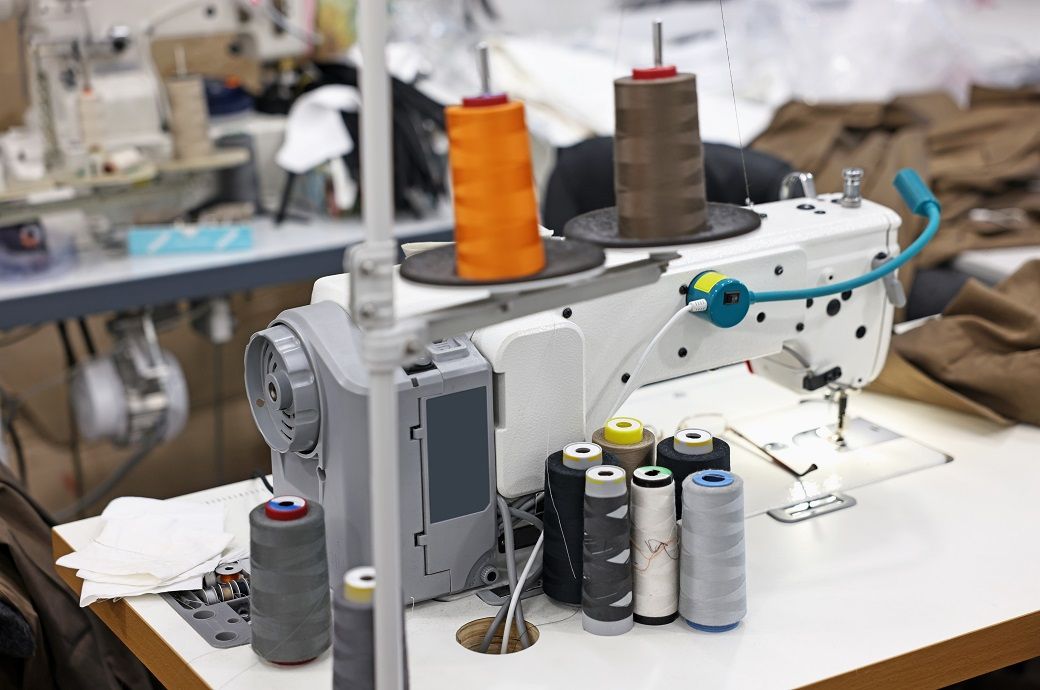
For apparel-producing countries, Japan’s expanding market presents an attractive opportunity, and Bangladesh, one of the world’s leading garment exporters, is increasingly seeking to strengthen its foothold in this market.
With Japan reportedly reducing its reliance on China, Bangladesh apparel exporters see an opportunity to boost RMG exports to Japan.
The ongoing Bangladesh–Japan Economic Partnership Agreement (EPA), expected to conclude by the end of 2025, which aims to lower tariffs and ease trade processes, is expected to give a further boost to Bangladesh’s exports to the lucrative Japanese market.
Bangladesh apparel makers are turning their focus towards Japan at a strategic time. With negotiations for a Bangladesh–Japan Economic Partnership Agreement (EPA) already underway and expected to conclude by the end of 2025, both nations are seeking to deepen their trade and investment ties. The EPA aims to create a framework that would lower tariffs, simplify trade procedures, and facilitate greater market access for Bangladeshi products.
For Bangladesh, the economy of which relies heavily on readymade garments, the EPA represents an opportunity to expand exports and diversify beyond its traditional export strongholds of the United States and the European Union.
Industry leaders believe that with the EPA, rising Japanese interest in the China Plus One sourcing strategy, and Bangladesh’s increasing focus on quality and sustainability, the country now stands at a pivotal moment to increase its apparel exports to Japan.
Even though China remains Japan’s largest supplier of apparel, its dominance has been gradually eroding. Estimates suggest that China’s share in Japan’s apparel imports dropped from over 55 per cent in 2022 to about 46.88 per cent in early 2025.
Interestingly, this decline has not been accompanied by a fall in Japan’s total apparel imports, indicating that Japanese retailers are not cutting back on demand but are instead diversifying their sourcing networks.
The growing interest in the ‘China Plus One’ strategy—under which Japanese companies seek to reduce dependence on China by sourcing from alternative locations—has positioned Bangladesh as a viable and competitive option for sure even if Bangladesh’s apparel exports to Japan have also shown consistent growth over the past few years, reflecting both the shifting dynamics in Japanese sourcing and Bangladesh’s increasing competitiveness.
As per some estimates, Bangladesh’s exports rose from $944.82 million in the fiscal 2020–21 to $1.41 billion in 2024–25, while industry observers noted that this upward trajectory highlights a strong foundation for further expansion, particularly as Bangladeshi manufacturers invest in quality and value-added production to meet Japanese standards.
The Japanese fashion market is often described as one of the most challenging in the world, with consumers who value craftsmanship, attention to detail, and durability over mass-produced, low-cost alternatives.
This presents both a challenge and an opportunity for Bangladeshi exporters. “Japan’s fashion market is unique in the sense that gaining Japanese buyers’ trust is not that easy,” said one apparel manufacturer, adding, “The market is driven by a sophisticated consumer base that values craftsmanship, and the emphasis on quality is extremely high. Long-term communication and consistent efforts are essential to building trust and successfully entering the Japanese market.”
To cater to such expectations, many Bangladeshi garment factories are enhancing compliance, upgrading technology, and focusing on sustainability—factors that align well with Japan’s growing preference for ethical and environmentally responsible production.
Japanese buyers, known for long-term partnerships once trust is established, often prioritise reliability and transparency across the supply chain and recognising this, Bangladeshi entities are working to strengthen their reputation through improved product standards, timely delivery, and investments in eco-friendly production processes.
Industry insiders believe that the combination of Japan’s sourcing diversification, the upcoming Economic Partnership Agreement, and Bangladesh’s improving manufacturing capabilities will open new growth opportunities in the lucrative Japanese market.
While challenges remain in meeting Japan’s stringent quality benchmarks and cultural expectations, the potential rewards are significant, and by demonstrating reliability, consistency, and commitment to sustainability, Bangladesh can position itself as a key partner in Japan’s apparel supply chain, claimed the industry insiders, to wind up on a positive note.
Fibre2Fashion News Desk (DR)






